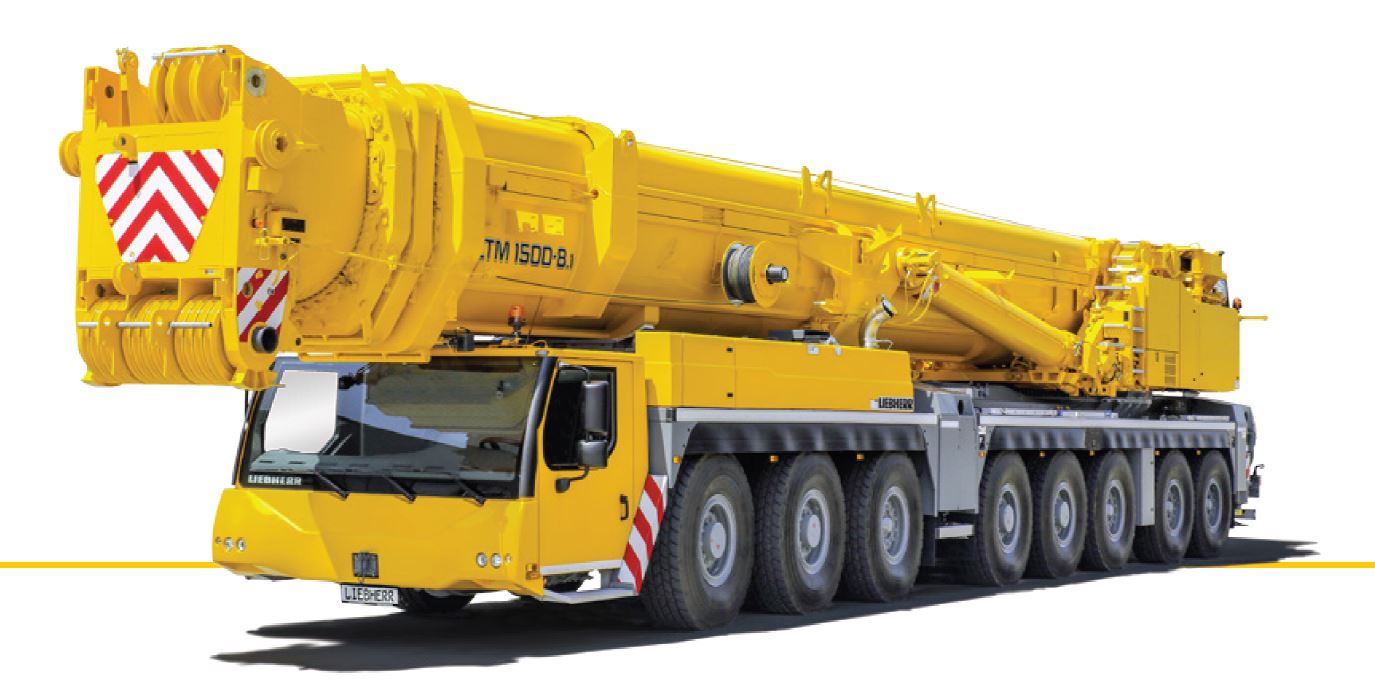Even if I’m not a specialist I would like to dedicate a post to a relevant element in a wind farm construction – the crane.
Crane procurement and wind turbines installation is normally organized by a specialized department, staffed with experts who knows what are the cranes available in the market and the implication of having a specific model instead of another on site.
In some countries, when the economy is thriving or if wind farms installations are booming, it can be really hard to find a free crane in the correct time slot – the few months when turbines are installed. In some case it might be necessary to import it from a different country.
Generally speaking, cranes can be categorized considering different technical characteristics:
- Crawler vs wheels: cranes on wheel can use public roads and travel at a reasonable speed, while cranes with crawlers can go everywhere and they are often moved off road.
- Standard vs narrow track: cranes on crawlers come in 2 version, with the crawlers at a “standard” distance (somewhere around 10 meters) and very near (below 6 meters). Obviously with a narrow track you will need less earthworks and the roads will be less expensive.
- Telescopic vs lattice boom: 2 different solutions for the boom. “Hybrid” intermediate solutions are available
Cranes on wheels have a variable number of axles, usually somewhere between 6 and 9. As they are designed to be used on public roads the standard load per axle is 12 tons, even if partially rigged cranes can have a load per axle of 16 tons, 20 tons or even more.
The same crane can have different configurations, meaning that the owner can purchase different tools and components to increase the maximum load and lifting height.
The configuration is indicated by hard to read manufacturers codes such as “T7YVENZF”. For instance, the code of the example means that the crane has a 100 meters telescopic boon, a Y- shaped guying system, an extension and a lattice jib.
Cranes can be moved from one wind turbine position to the following one fully rigged (not a frequent choice nowadays, given the increasing hub height of the turbines), partially dismantled or fully dismantled.
When a crane is dismantled the components are loaded on a truck and unloaded in the following wind turbine location. The number of trucks (and back and forth trips needed) depends on the crane model configuration but can be quite relevant: dozens of trips may be needed to move all components.

Leave a Reply